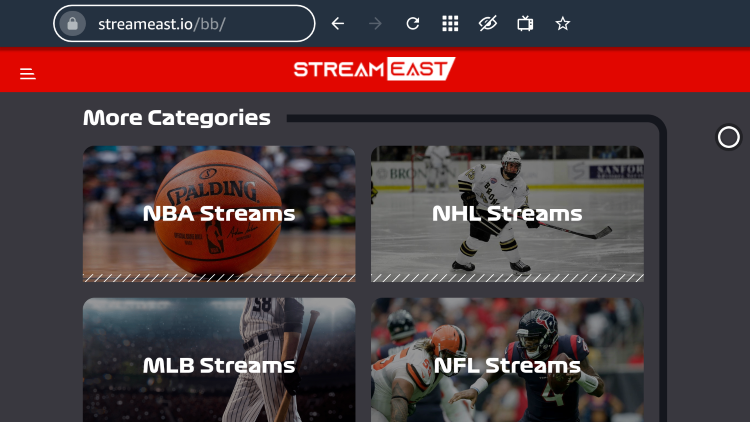At the most basic level, Data Highway Plus is a wire or cable and protocol that connects computers and peripheral devices so that they can communicate. The cable used for the network is called the network medium. The DH + link transfers data between ControlLogix controllers, PLC and SLC controllers, and other devices that use DH + networks. These devices are called workstations. You can connect up to 32 stations to a DH + link.
Allen-Bradley 1756-DHRIO is a ControlLogix Data Highway Plus/Remote I/O communication interface module. Learn all about 1756-DHRIO and how it works in network automation in the below sections.
Types of Communication Supported by 1756-DHRIO
The DataHighway Plus/RIO module supports the following types of communication:
- Data Highway Plus (DH +) messaging
- Control and Information Protocol (CIP) messaging
- Remote I/O. You can connect devices on the DH + network with other networks (for example, ControlNet, Ethernet, or other DH + network) send messages between devices.
- Channel 1756-DHRIO acts as a scanner using the remote I/O feature. The module transmits discrete data and block streaming data through remote I/O devices. The module allows connection to multiple remote I/O adapters.
Routing Restrictions
The module can route a message through up to four communication networks and three chassis. This limit only applies to message routing and does not apply to the total number of networks or chassis in the system.
General 1756-DHRIO Module Operation
Operation of the 1756-DHRIO module is similar to older PLCs (such as PLC5 or PLC3). By creating a scan list and adding racks to the CLX I/O tree, the 1756-DHRIO can be configured to scan discrete I/O. Then you add the message instruction triggered by the ladder diagram, that is, the MSG that executes the block transfer with the analog card.
The CLX differences are primarily for analog cards and are listed below:
- There is no I/O configuration software, so users must be able to correctly configure and interpret the data provided by the analog card.
- For typical situations, users want the same or better performance than existing systems, and may be limited to supporting 32 or fewer analog modules.
1756-RIO Module General Operation
The 1756-RIO module is located in the CLX I/O tree. Compared to most other 1756 modules, the RIO module is unique to some extent because the user can specify the number of input and output blocks (1-10) of data to be sent/received from the module, each of these blocks Each block represents 248 integers, so the module can send/receive a maximum of 2480 words.
The 1756-RIO module comes with a separate software package for configuring the 1756-RIO module. The software package will create a discrete scan list and insert and allow configuration of analog cards through the GUI interface. The 1756-RIO module directly supports many 1771 and 1794 analog cards, but not all. If your system has unsupported modules, it can increase the complexity of the conversion. The configuration software can also map discrete and analog data to modules configured to enter and exit the controller. The software can also help assign aliases to controller ACD files, which can promote user understanding by assigning descriptive tag names.
Should You Keep the Existing I/O?
The 1756-DHRIO and 1756-RIO modules will support any type of discrete rack on remote I/O (1771, 1794, 1746, multiple drives, PanelViews, various third-party equipment, etc.). However, when it comes to multiple analog modules or block transfers, it becomes more difficult to implement these modules.
1756-DHRIO can transfer MSG blocks to any type of 1771 analog module, but Logix 5000 has no inherent label or configuration file for the 1771 analog. Logix 5000 also does not have a configuration wizard for the 1771 simulation. The 1756-RIO configuration software has built-in configuration files for many, but not all.
Even modules that are not supported by the 1757-RIO module can work, but the level of complexity of unsupported modules will increase. If you choose to replace existing I/O, there are multiple possibilities.
If you have 1771 I/O, you can replace 1771-ASB with 1771-ACN (R) 15 and put I/O on ControlNet. Of course, this will increase the cost of the 1771-ACN (R) 15 and the pulling force of the ControlNet cable. Most installed 1771 chassis are 1771-ACN (R) 15 compliant, but some are not.
Converting to ControlNet can improve the performance of discrete I/O, but because all analog cards require Logix MSG instructions for communication, analog communication on ControlNet can slow down. Generally, if there are 32 or fewer analog cards in total, the expected performance on ControlNet will be roughly the same as remote I/O.
That was all about 1756-DHRIO and how it works, If you are looking for excellent and affordable network automation solutions, you can always turn to us for the best services.




